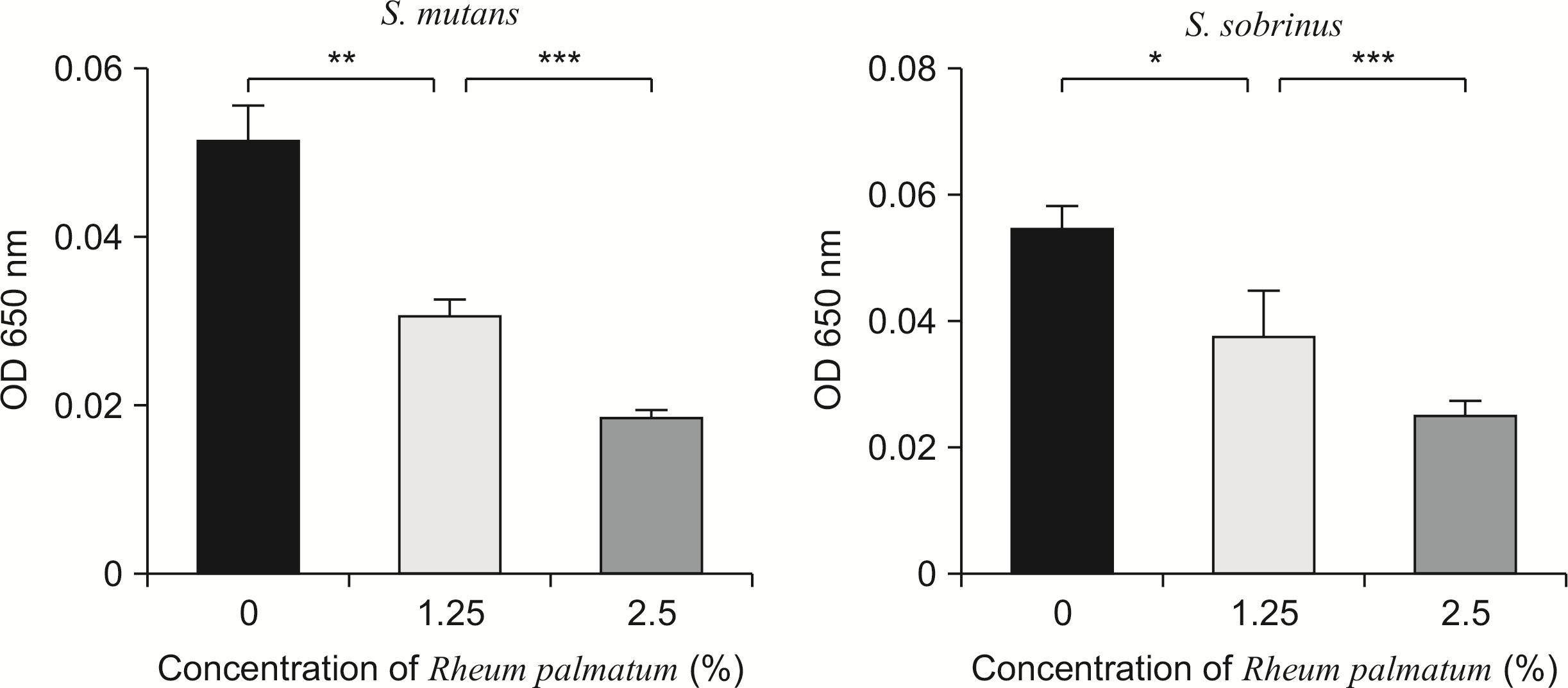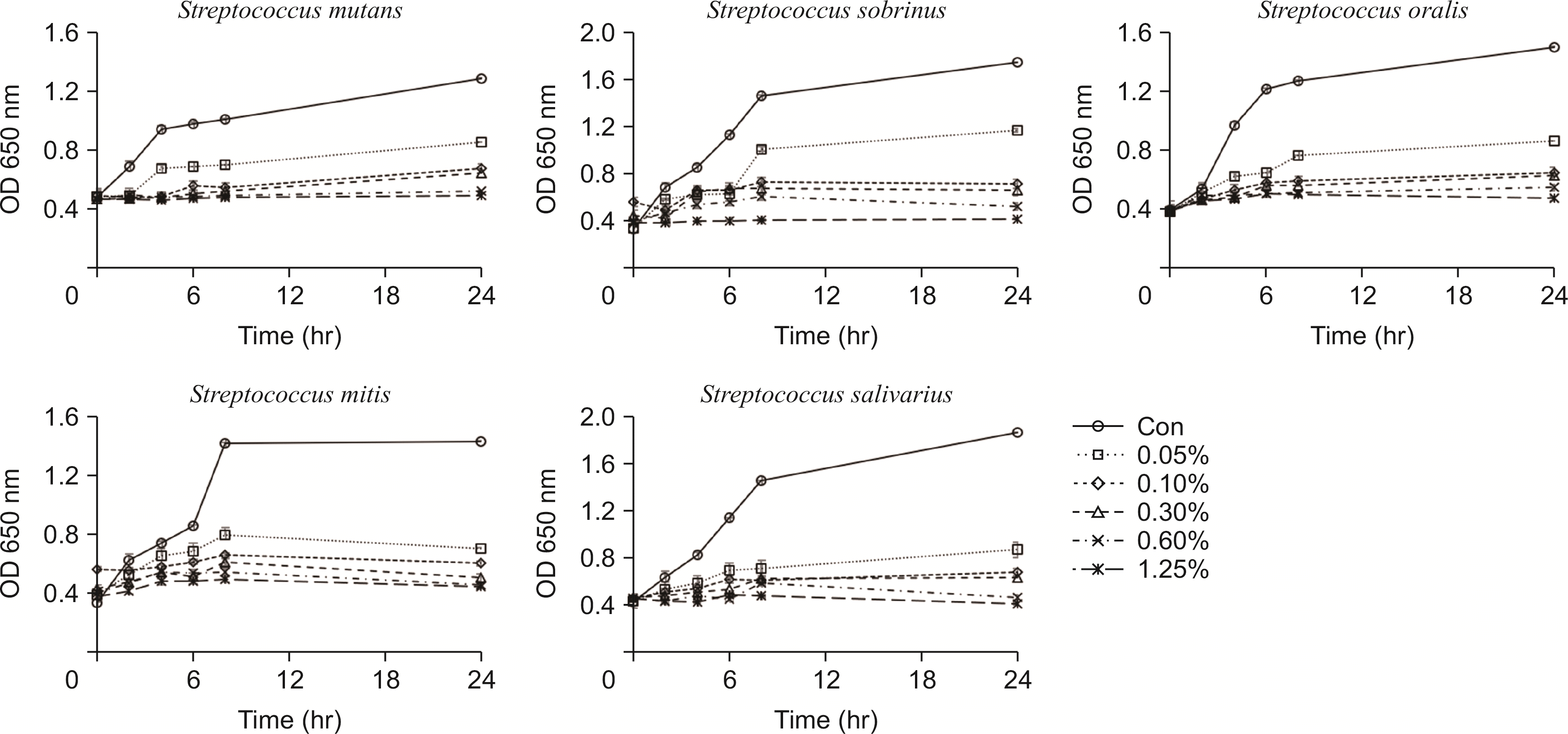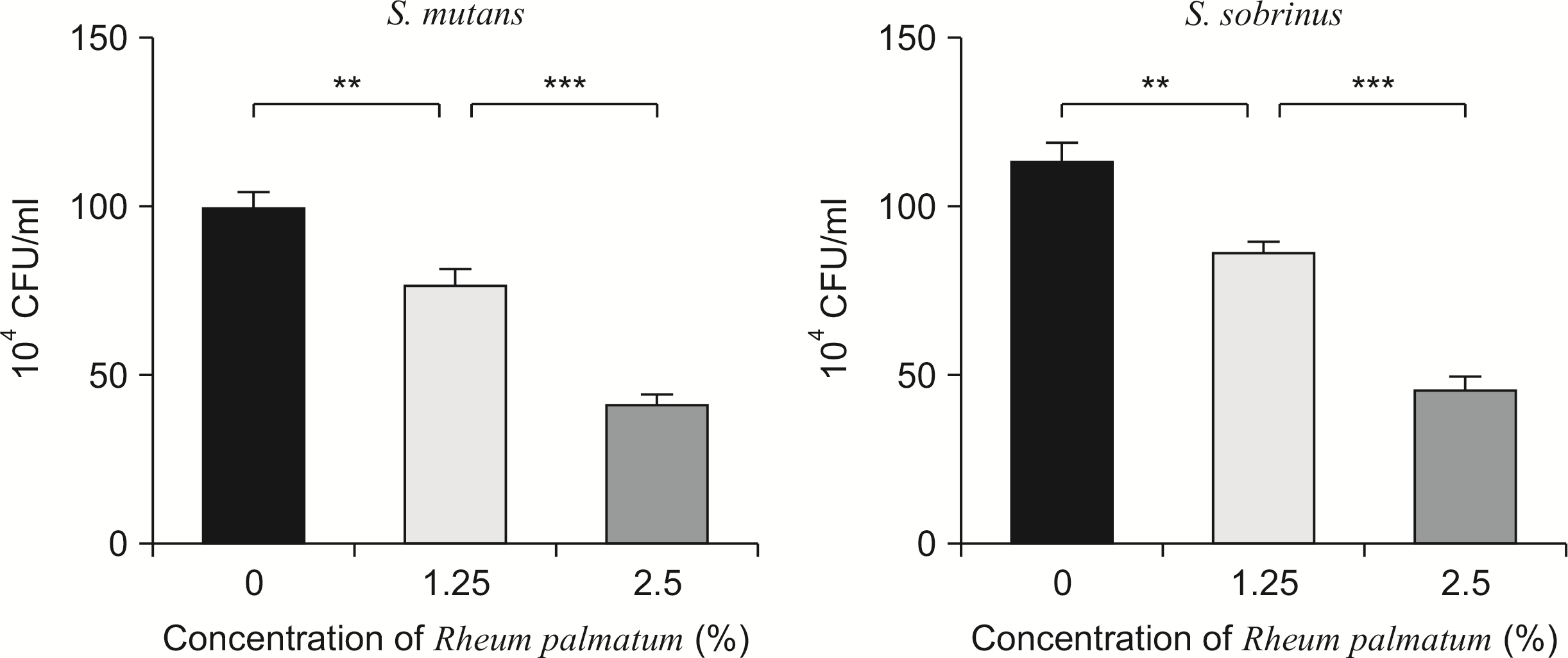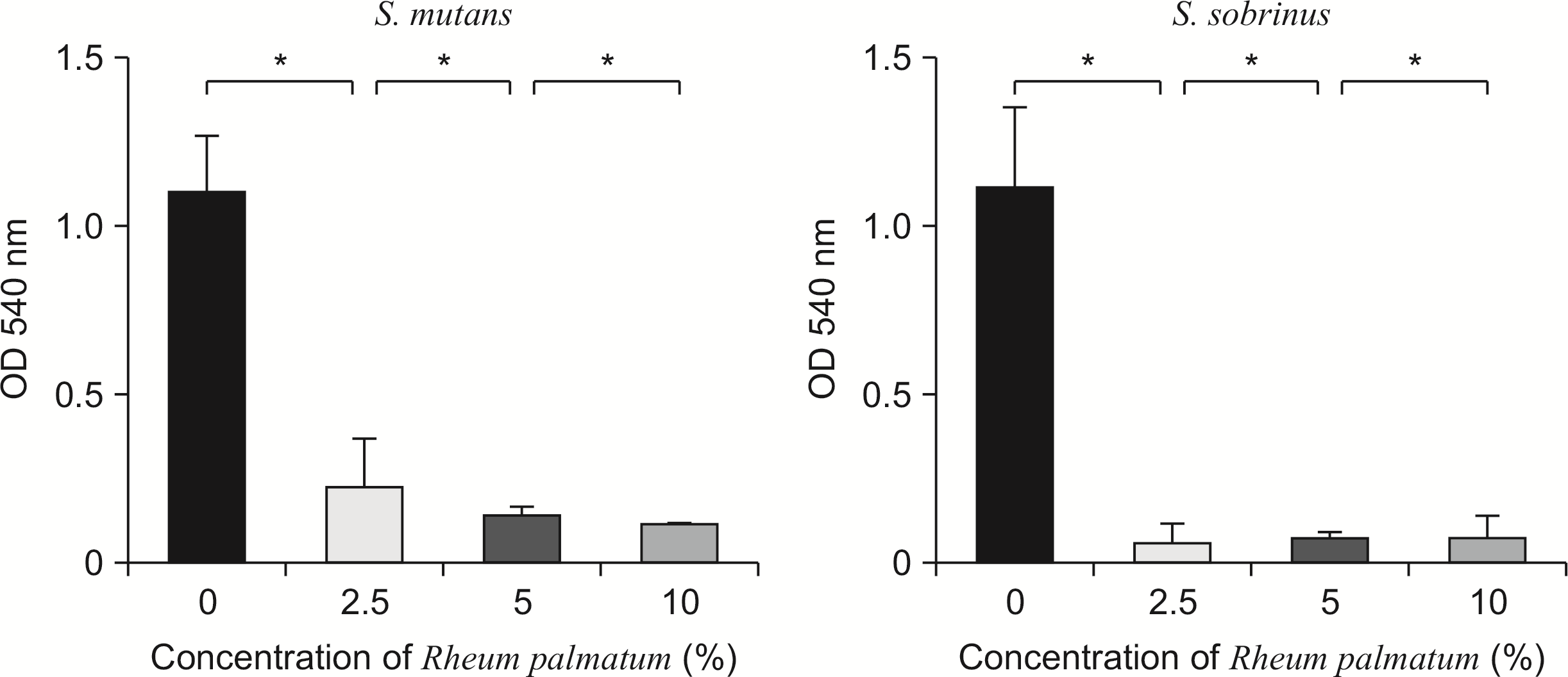2. Berlutti F, Catizone A, Ricci G, Frioni A, Natalizi T, Valenti P, et al. 2010; Streptococcus mutans and streptococcus sobrinus are able to adhere and invade human gingival fibroblast cell line. Int J Immunopathol Pharmacol. 23:1253–1260. DOI:
10.1177/039463201002300430. PMID:
21244775.

3. Krasse Bo. 1988; Risco de cáriesGuia Prático para o Controle e Assessoramento. São Paulo Quintessence. 2:112.
4. Taherkhani A, Ghonji F, Mazaheri A, Lohrasbi MP, Mohamadi Z, Khamverdi Z. 2021; Identification of potential glucosyltransferase inhibitors from cinnamic acid derivatives using molecular docking analysis: A bioinformatics study. Avicenna. J. Clin. Microb. Infec. 8:145–155. DOI:
10.34172/ajcmi.2021.27.

5. Seredin P, Goloshchapov D, Prutskij T, Ippolitov Y. 2015; Phase transformations in a human tooth tissue at the initial stage of caries. PLos One. 10:e0124008. DOI:
10.1371/journal.pone.0124008. PMID:
25901743. PMCID:
PMC4406755.

6. Kang SY, An SY, Lee MW, Kwon SK, Lee DH, Jeon BH, et al. 2015; Effects of aconitum koreanum extract on the growth, acid production, adhesion and insoluble glucan synthesis of streptococcus mutans. J Physiol & Pathol Korean Med. 29:27–32. DOI:
10.15188/kjopp.2015.02.29.1.27.

7. Sakanaka S, Kim M, Taniguchi M, Yamamoto T. 1989; Antibacterial substances in japanese green tea extract against streptococcus mutans, a cariogenic bacterium. Agric Biol Chem. 53:2307–2311. DOI:
10.1271/bbb1961.53.2307.

8. Bae K. 1987; Seo WJ, Leem SH. The antibacterial activites of components isolated from the stem bark of magnolia obovota against a cariogenic bacterium, streptococcus mutans OMZ 176. Yakhak Hoeji. 36:36–39.
9. Chen C, Lin C, Tsuneo N. 1989; Screening of taiwanese crude drugs for antibacterial activity against streptococcus mutans. J Ethnopharmacol. 27:285–295. DOI:
10.1016/0378-8741(89)90003-2. PMID:
2615434.

10. United States Department of Agriculture. 2014. Natural resources conservation service PLANTS database.
11. Foust CM. 2014. Rhubarb: The wondrous drug. Princeton University Press.
12. Aly MM, Gumgumjee NM. 2011; Antimicrobial efficacy of rheum palmatum, curcuma longa and alpinia officinarum extracts against some pathogenic microorganisms. Afr. J. Biotechnol. 10:12058–12063.
13. Zheng T, Yu F, Yao J. 2013; Effect of rheum palmatum L. infusion on expression of NF-κB in the liver of rats with acute intrahepatic cholestasis. Zhejiang J Trad Chin Med. 48:380–381.
14. Cao Y, Pu Z, Tang Y, Shen J, Chen Y, Kang A, et al. 2017; Advances in bio-active constituents, pharmacology and clinical applications of rhubarb. Chinese Medicine. 12:1–12. DOI:
10.1186/s13020-017-0158-5. PMID:
29299052. PMCID:
PMC5745730.

15. Lee Kuo-Hsiung. 2002; Chinese and Related North American Herbs: Phyto-pharmacology and Therapeutic Values By Thomas SC Li.CRC Press, Boca Raton, FL.2002.xi 598 pp.15.5× 23 cm.$169.95. J. Med. Chem. 45:4585–4586. DOI:
10.1021/jm0203074.

16. Huang Q, Lu G, Shen H, Chung MC, Ong CN. 2007; Anti-cancer properties of anthraquinones from rhubarb. Med Res Rev. 27:609–630. DOI:
10.1002/med.20094. PMID:
17022020.

17. Shuangsuo D, Zhengguo Z, Yunru C, Xin Z, Baofeng W, Lichao Y, Yan'an C. 2006; Inhibition of the replication of hepatitis B virus in vitro by emodin. Med Sci Monit. 12:302–306. PMID:
16940925.
18. Cai Y, Sun M, Xing J, Corke H. 2004; Antioxidant phenolic constituents in roots of rheum officinale and rubia cordifolia: Structure- radical scavenging activity relationships. J Agric Food Chem. 52:7884–7890. DOI:
10.1021/jf0489116. PMID:
15612771.

20. Tsai K, Hsien H, Chen L, Ting W, Yang Y, Kuo C, et al. 2013; Rhubarb inhibits hepatocellular carcinoma cell metastasis via GSK-3-β activation to enhance protein degradation and attenuate nuclear translocation of β-catenin. Food Chem. 138:278–285. DOI:
10.1016/j.foodchem.2012.10.038. PMID:
23265488.

21. Arokiyaraj S, Vincent S, Saravanan M, Lee Y, Oh YK, Kim KH. 2017; Green synthesis of silver nanoparticles using rheum palmatum root extract and their antibacterial activity against staphylococcus aureus and pseudomonas aeruginosa. Artif. Cells Nanomed. Biotechnol. 45:372–379. DOI:
10.3109/21691401.2016.1160403. PMID:
27023851.

23. Bowen WH. 2002; Do we need to be concerned about dental caries in the coming millennium? Crit. rev. oral biol. med. 13:126–131. DOI:
10.1177/154411130201300203. PMID:
12097355.
24. Mukasa H, Slade HD. 1973; Mechanism of adherence of streptococcus mutans to smooth surfaces. I. roles of insoluble dextran-levan synthetase enzymes and cell wall polysaccharide antigen in plaque formation. Infect Immun. 8:555–562. DOI:
10.1128/iai.8.4.555-562.1973. PMID:
4582634. PMCID:
PMC422891.

25. Namba T, Tsunezuka M, Hattori M. 1982; Dental caries prevention by traditional chinese medicines. Planta Med. 44:100–106. DOI:
10.1055/s-2007-971412. PMID:
7071194.

26. Ohnuki T, Takashio M, Okami Y, Umezawa H. 1981; The structure of a novel inhibitor of dextransucrase. Tetrahedron Lett. 22:1267–1270. DOI:
10.1016/S0040-4039(01)90292-8.

27. An B, Kwon I, Choi C. 1995; Inhibiory effect of novel flavan-3-ol isolated theobroma cacao L. husk on glucosyltransferase. Korean J. Food Sci. Technol. 27:92–96.
28. Nakahara K, Kawabata S, Ono H, Ogura K, Tanaka T, Ooshima T, Hamada S. 1993; Inhibitory effect of oolong tea polyphenols on glycosyltransferases of mutans streptococci. Appl Environ Microbiol. 59:968–973. DOI:
10.1128/aem.59.4.968-973.1993. PMID:
8489234. PMCID:
PMC202224.

29. Kim SY, Song Y, Lee HA, Na HS, Jung CJ, Bek GY, Chung J. 2020; Inhibitory effects of coptis chinensis extract on the growth and biofilm formation of streptococcus mutans and streptococcus sobrinus. Int J Oral Biol. 45:143–151. DOI:
10.11620/IJOB.2020.45.4.143.

30. Kim KJ, Park BI, An SY, Jeon BH, Choi NY, You YO, et al. 2016; Inhibitory effects of radix pulsatillae extract on insoluble glucan synthesis and adhesion of streptococcus mutans. J Physiol & Pathol Korean Med. 30:27–32. DOI:
10.15188/kjopp.2016.02.30.1.27.






 PDF
PDF Citation
Citation Print
Print






 XML Download
XML Download